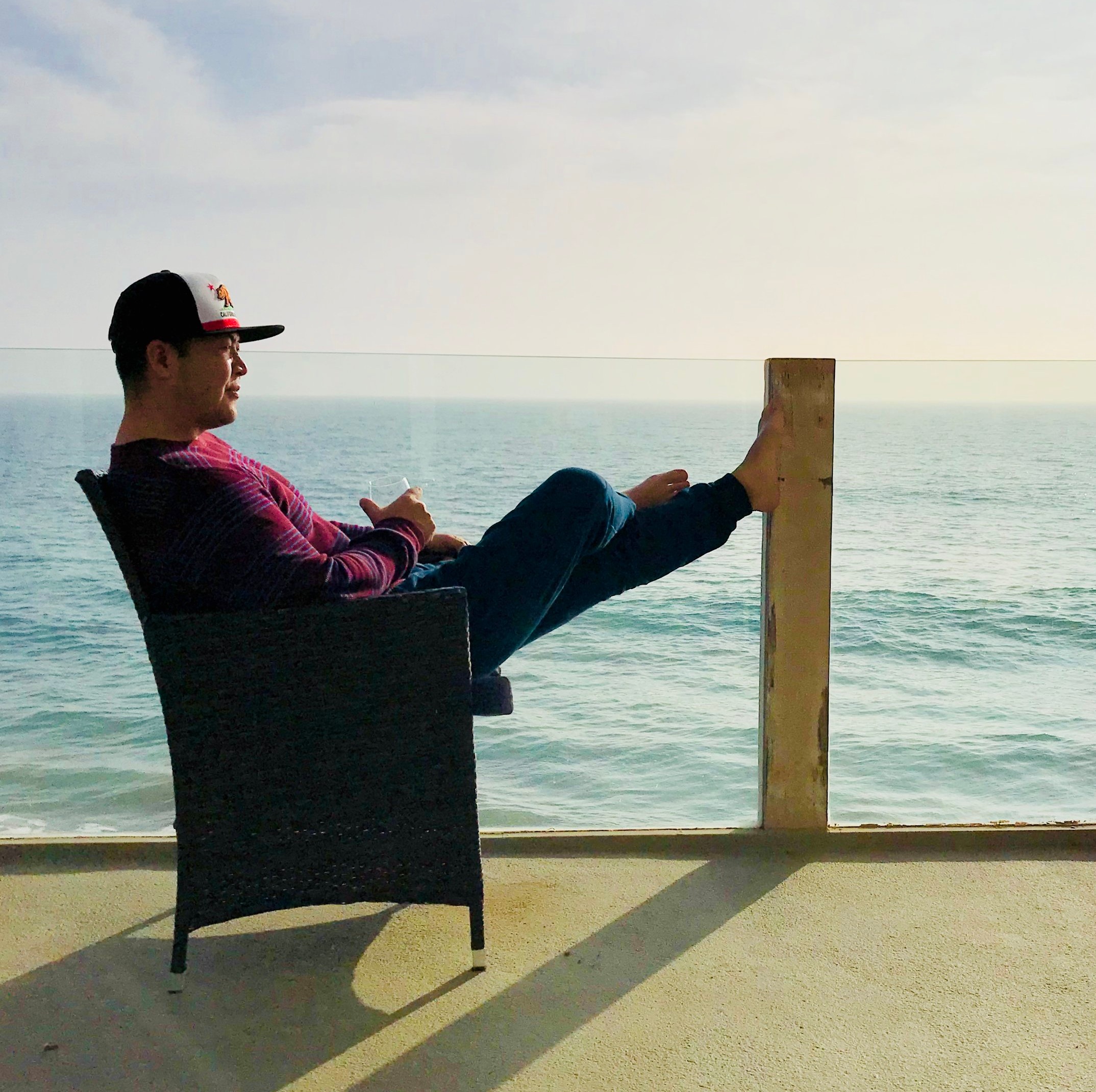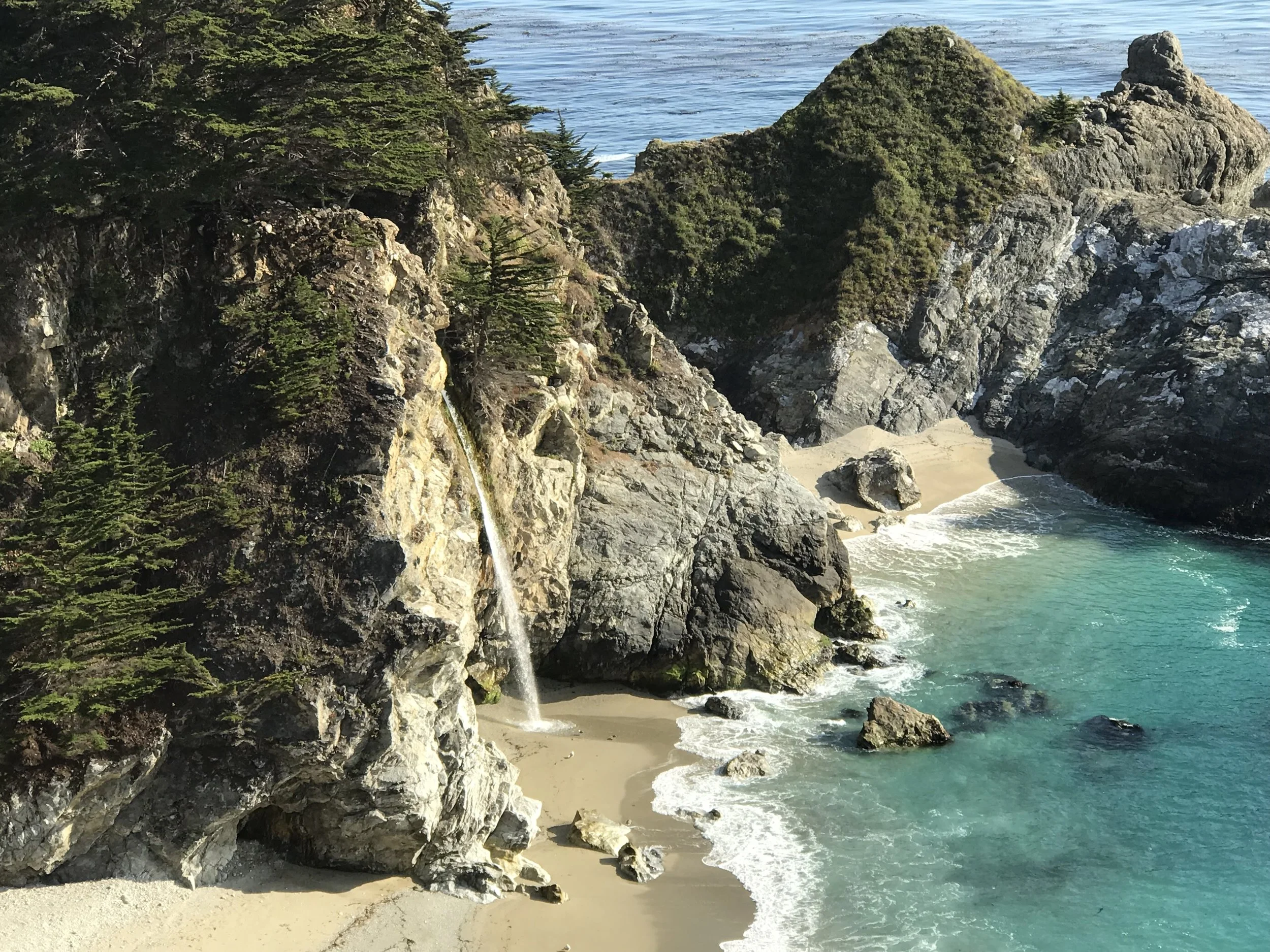NASA Jet Propulsion Laboratory (JPL)
DETAILS:
Location: 4800 Oak Grove Dr, Pasadena, CA 91109
Opportunities to Visit:
Visitor Day Tours (10 people max per reservation): When available, these tours run approximately once per week on Monday or Wednesday (on an alternating basis), and typically begin at 1PM. Tours must be booked at least 3 weeks in advance. Use this LINK to check tour availability.
“A Ticket to Explore JPL” Open House: Held one weekend per year, typically in late May or June. (2019 Open House was May 18-19). Ticketed reservations required. Use this LINK to access future dates and info.
Lecture Series: Twice a month, on consecutive Thursdays and Fridays. Thursday lectures take place in JPL's Theodore von Kármán Auditorium. Friday lectures take place in the Ramo Auditorium on the Caltech campus. Both lectures start at 7PM. No reservations required on a first come/first served basis. Use this LINK for more info on the Lecture Series.
Parking: Free (limited) parking on site.
Cost: Free!
Time Commitment:
Visitor Day Tours: 2-2.5 hours
“A Ticket to Explore JLP” Open House: 2-4 hours
Lecture Series: 1.5-2 hours













I’ve been fascinated by space and its infinite possibilities for as long as I can remember. Are we alone in the universe? Can we use black holes to time travel? Will we ever colonize other planets? There are so many questions to ponder. But since I lack the prowess to answer these topics with a modicum of authority, any conversation pertaining to such usually devolves into all things Star Trek and Ray Bradbury novels. Ahhh, my sweet spot! Thankfully for the rest of mankind, there are plenty of people with far greater aptitudes who can discuss these matters with a higher degree of competency, and a good number of them can be found at the Jet Propulsion Laboratory (JPL) right here in Southern California.
Technically located in La Canada-Flintridge (although it has a Pasadena address), JPL was founded in 1936 by a group of students from Caltech (most notably the unorthodox Jack Parsons who was a known occultist) in order to develop jet propulsion technology. Story has it that these “Rocket Boys” moved to their current location after blowing up a wall on the campus of Caltech during one of their early tests. Although you would assume otherwise, JPL actually predates NASA by over 20 years and is directly responsibe for its existence. After JPL orbited the first American satellite (Explorer 1) in January of 1958, Congress finally realized that a space program was viable and established NASA later that year. This would pave the way for the Apollo Program that would eventually put man in space and ultimately on the moon, captivating the imagination and ingenuity of an entire generation and every generation to follow.
Today, JPL is funded by NASA as one of its research and development centers, but is still civilian-controlled by Caltech. Its current emphasis is in the field of robotics and their application to space exploration. If it’s a probe, deep-space orbiter, or off-planet rover, it’s built and operated by JPL. The resume is as extensive as it is impressive; multiple Mariner probes (first launched in 1962) that flew to Venus, Mars, & Mercury… the twin Voyager probes launched in 1977 to explore the solar system which are still transmitting data today… the Galileo probe sent to study Jupiter in 1995… the Cassini probe sent to study Saturn in 1997… the Stardust probe which collected particles from a comet in 2004… the Dawn spacecraft sent to study protoplanets in the asteroid belt in 2007… and of course, all the landers & rovers that have made the long journey to Mars - Viking 1, Pathfinder, Spirt, Opportunity, Phoenix, Curiosity, InSight, and the upcoming (as of this post) Mars2020 rover.
JPL also operates NASA’s Deep Space Network; an array of international giant radio antennas that monitors and collects data from EVERY space mission currently in play. This includes astronomy observations that continue to discover the most amazing things about our universe, not to mention all of those new planets! What would surprise most, however, is that JPL studies the planet that we call home just as much as anything else in the cosmos. In fact, 1/3 of its budget is devoted to collecting earth-bound analytics involving things like our atmosphere, oceans, gravity, temperature, and carbon monoxide levels (Yes, JPL is tracking climate change).
With billions of dollars invested into technologies that require precise construction and even more precise operation, you would think that JPL would be off limits to anyone without an employee badge, but it’s actually quite accessible if you know when & how to visit. These opportunities come in the form of periodic tours, a yearly open house, and a curated lecture series. I’ve been fortunate enough to attend a tour and open house. Both offer different takes so I suggest attending both, if possible, to get a broader feel for what they do at JPL. The tours are obviously more intimate. You begin at the von Karman Visitor Center to watch a quick introductory film about the current happenings at JPL. The von Karman Visitor Center also doubles as a museum, containing information and replicas of the various probes and rovers created at JPL which you’ll be able to explore during the tour. Then it’s off to JPL’s two trademark venues; the Space Flight Operations Facility (Mission Control!) and the Spacecraft Assembly Facility (Building 179). Being a complete space nerd, standing on the floor of Mission Control was a humbling experience. To know that every deep space mission ever conducted was controlled and still operated right in this room had me completely in awe. With all the screens, monitors, and control panels blinking with information, you’d swear you were on the set of a Jerry Bruckheimer movie, but this is the real deal and what connects Mother Earth to the deepest recesses of the universe. Perhaps that’s why many at JPL call Mission Control “the center of the universe”. Building 179 and its two high bays are just as remarkable. This is where all those afore-mentioned probes and rovers actually get assembled. The first thing you’ll notice, should you visit on a working day, are the white “bunny suits” that each engineer wears. This along with an extensive “scrub-in” process minimizes the possibility of human contamination to any of the projects. These bays are so sterile that they rate as class 100,000 for cleanliness. This means that for every cubic foot of air there must be no more than 100,000 particles at one-half of a micron. To put this into context, one strand of human hair measures 100 microns. Far from just an expression, you can literally eat off the floors here! Yes folks, JPL is every mother’s dream.
With the open house, much more of campus is made available to the public which is necessary due to the wave of humanity that descends upon JPL during this weekend. It may not be Disneyland, but it will sort of feel like it because of all the lines you’ll need to wait in to visit any building of note (which include Mission Control and Building 179). But a lot of this buildup is alleviated thanks to the numerous booths set up around campus that feature demos and discussions on all facets of space, science, and JPL robotics. During our open house visit, we were able to view prototypes for the helicopter drone that will accompany the Mars2020 mission. If successful, it will be the first aircraft to fly in an alien atmosphere. And that was just one of the many highlights we were able to witness that day, a veritable playground for those of us enchanted by the stars and what can be learned from them. Space my be the final frontier, but you don’t have to travel quite as far to visit JPL. So in the immortal words of Captain Jean-Luc Picard… make it so!
RESOURCES:
JPL website




